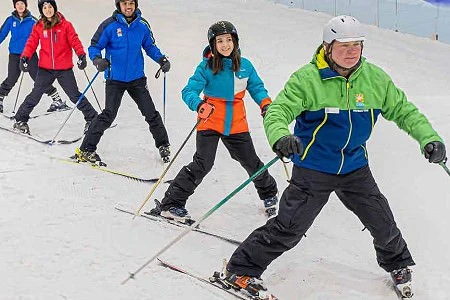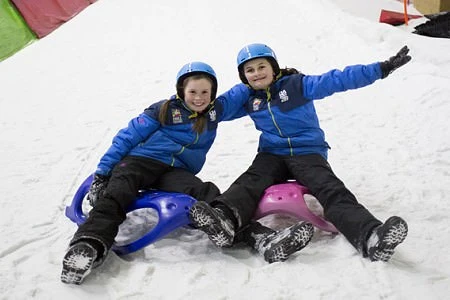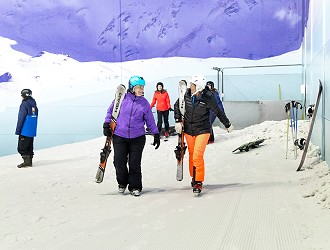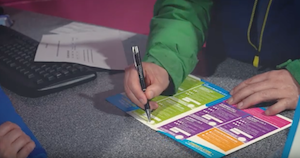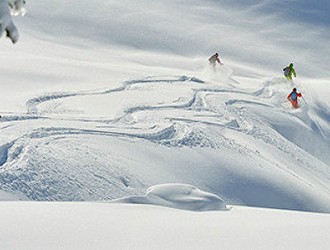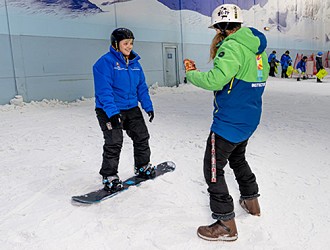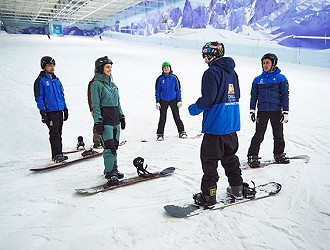Advanced Skiing Tips & Tricks
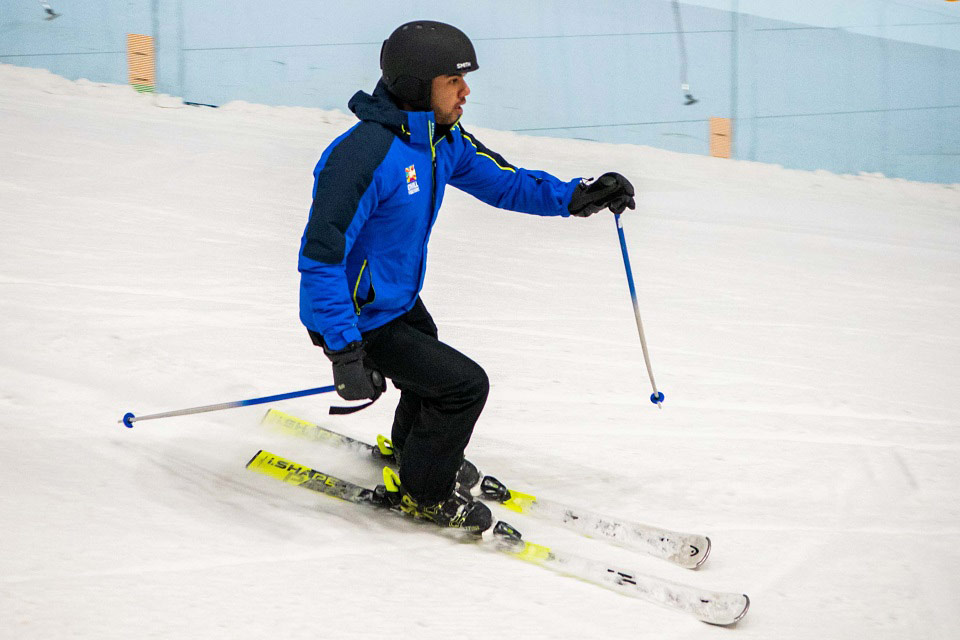
Advanced Skiing Tips
You’ve got a few seasons of skiing lessons and experience behind you and you’re looking for tips on moving up to the next level? Then you are ready for our advanced skiing tips. These can’t take the place of a good skiing instructor who is invaluable no matter what level you are at, but will give you some things to bear in mind next time you’re on the slopes.
Not ready for advanced ski tips yet? They take a look at our how to ski, beginner skiing tips or intermediate ski tips articles.
Whether it’s help with your body position, carving, moguls or if you are interested in freestyle skiing, at Chill Factore we have a host of expert instructors who can take you through what you are trying to achieve step by step, break it down and help you nail it.
The Pole Plant
The pole plant is an important part of advanced skiing, it gets your body aligned and into the right position for your next turn and is invaluable when the going gets steep. It’s as useful for free skiing as it is for moguls, powder and racing.
The main thing with the pole plant is the timing. It’s both the first and last part of the turn. You extend your arm and plant the pole which pulls your body into alignment over your feet and into the correct position for the turn. As you pull out of the turn you reach your other arm out and plant the pole for the next turn, shifting you again into the correct position.
It’s a fluid movement and as you travel faster, taking sharper and shorter turns, the pole plant becomes key to the whole process, creating movement and pulling you up into an extending position aligned over your feet.
Ankle Flexion
The next stage to great carving is working on keeping your ankle joints locked so that the pressure stays on the front of the boot. Even at this stage in skiing it’s easy to find yourself taking that pressure off and losing your balance – especially as the hills get steeper and going gets faster. Keeping your ankles flexed forward keeps your hips up and forward and your weight forwards where it needs to be. Without this the skis lose their grip, stop carving and start skidding. Your balance gets thrown and before you know it, you’re eating powder.
Skiing Stacked
It’s a term we hear a lot, skiing stacked, but what does it mean?
It’s pretty simple, it just means lining the body up: skeleton, ligaments, muscles. When you are skiing, especially on steep inclines, keeping your body aligned and not twisting your body into the hill is essential. You need to allow your thighs, hips and torso to stay aligned with your skis as they make the turn. A good way of practicing this is to be aware of where your hands and arms are and keep them pointing in the same direction as your skis. It will keep your torso and hips aligned with the skis and stop your upper body from swinging as you turn.
Practice
Nothing will ever beat getting those skis on your feet and getting out on the snow for improving your skiing. Chill Factore is open 7 days a week and has early and late sessions throughout the week so there’s never any excuse for not putting the hours in.
What are you waiting for? Let’s do this!

